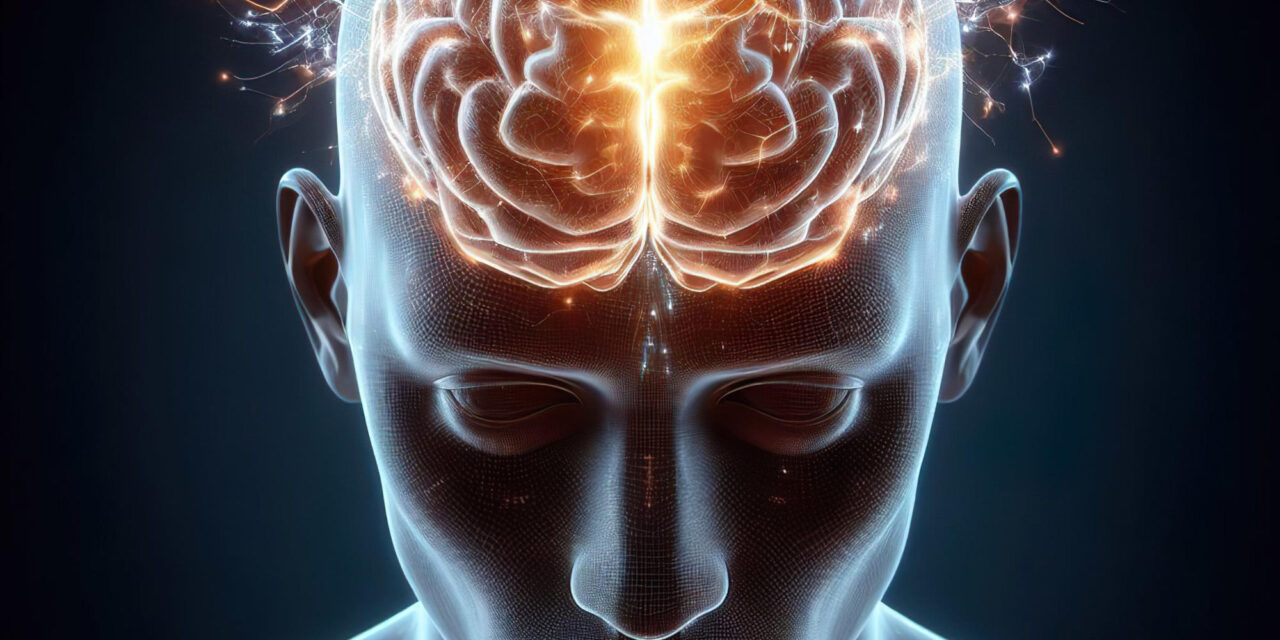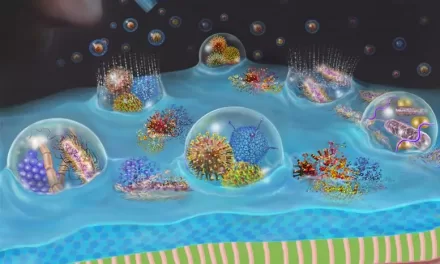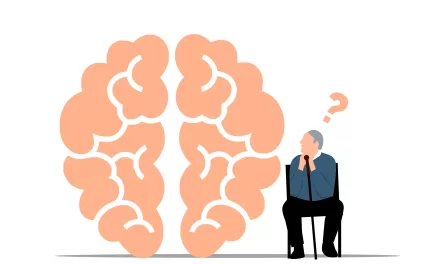A groundbreaking study from the Keck School of Medicine at USC has unveiled a crucial discovery in the fight against Alzheimer’s disease. Researchers have identified a cellular pathway responsible for inflammation and aging, specifically in individuals with the APOE4 genetic risk for Alzheimer’s. The research team has also uncovered a method for restoring these cells to a healthier state, offering a promising new avenue for potential treatments.
This breakthrough follows a decade of investigation into the ATP-binding cassette transporter A1 (ABCA1) protein, and was recently published in Molecular Neurodegeneration. Previous studies had already established a connection between low levels of HDL cholesterol, often referred to as “good” cholesterol, and the increased risk of Alzheimer’s. At the heart of this risk is ABCA1, a protein that is responsible for the production of HDL when functioning properly.
The central puzzle facing scientists has been understanding why ABCA1 levels are high in Alzheimer’s patients, yet its activity is diminished, leading to a paradox. “There is less HDL in the brain, but the protein that makes it is increased. The obvious question is: Is that protein working as it’s supposed to? We went deep inside cells to figure out what’s happening,” explained Dr. Hussein Yassine, the study’s corresponding author and professor of medicine and neurology.
Uncovering the Cellular Mechanism
The research team, led by Dr. Shaowei Wang, a research associate at the Keck School of Medicine, used advanced techniques such as proteomics and lipidomics to investigate the mechanisms inside brain cells. They discovered that in individuals with Alzheimer’s or those carrying the APOE4 gene—putting them at higher risk—ABCA1 increased but became trapped in a cellular compartment responsible for waste removal, known as the lysosome. This trapping mechanism was linked to the buildup of a modified form of cholesterol, oxysterol.
The breakthrough came when the researchers lowered the levels of oxysterol in both animal models and human stem cells, successfully freeing the trapped ABCA1 and restoring the pathway to its healthy state. This finding could lead to novel approaches to prevent or treat Alzheimer’s in its early stages.
Dr. Yassine highlighted the implications: “This provides new drug targets outside of lowering amyloid or tau, and we need new targets that deal with core issues happening much earlier in the progression of the disease.”
Restoring the ABCA1 Pathway
The study’s findings shed light on the dysfunction of the ABCA1 pathway in Alzheimer’s. The researchers used cyclodextrin, a drug that reduced oxysterol levels, to free the trapped ABCA1 in mouse models, resulting in reduced cellular senescence and neuroinflammation. Similarly, in human stem cell-derived brain cells, the treatment also lowered oxysterol and alleviated inflammation.
This research provides insight into the early changes associated with Alzheimer’s disease, suggesting that the buildup of amyloid plaques and tau tangles could stem from problems with essential waste recycling processes in the brain.
Furthermore, the study opens new doors for treatment. By targeting the lowering of oxysterol, drugs could potentially prevent the disease from advancing, particularly in individuals at risk or in its earliest stages.
A New Treatment Target
The study also explores the role of a cellular enzyme, cytosolic phospholipase A2 (CPLA2), which, similar to ABCA1 dysfunction, leads to oxidation and inflammation in the brain. Inhibiting CPLA2 may offer another strategy for treating Alzheimer’s disease.
“This research may be the next frontier for Alzheimer’s scientists,” Dr. Yassine said. “Understanding what drives these oxidation processes could be key to future therapies.”
Disclaimer: This article is based on the study “Cellular senescence induced by cholesterol accumulation is mediated by lysosomal ABCA1 in APOE4 and AD,” which was published in Molecular Neurodegeneration on February 4, 2025. The information provided is for informational purposes only and should not be considered medical advice. Please consult healthcare professionals for advice regarding medical treatments and conditions.












